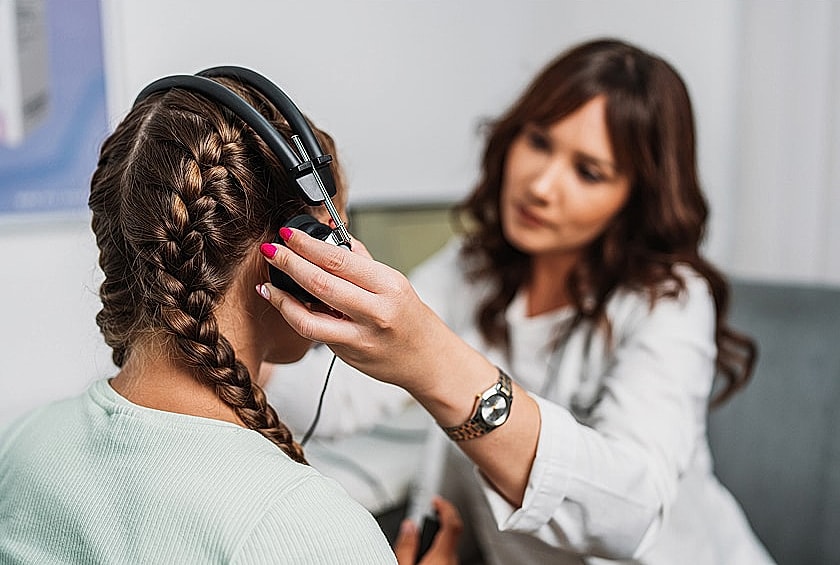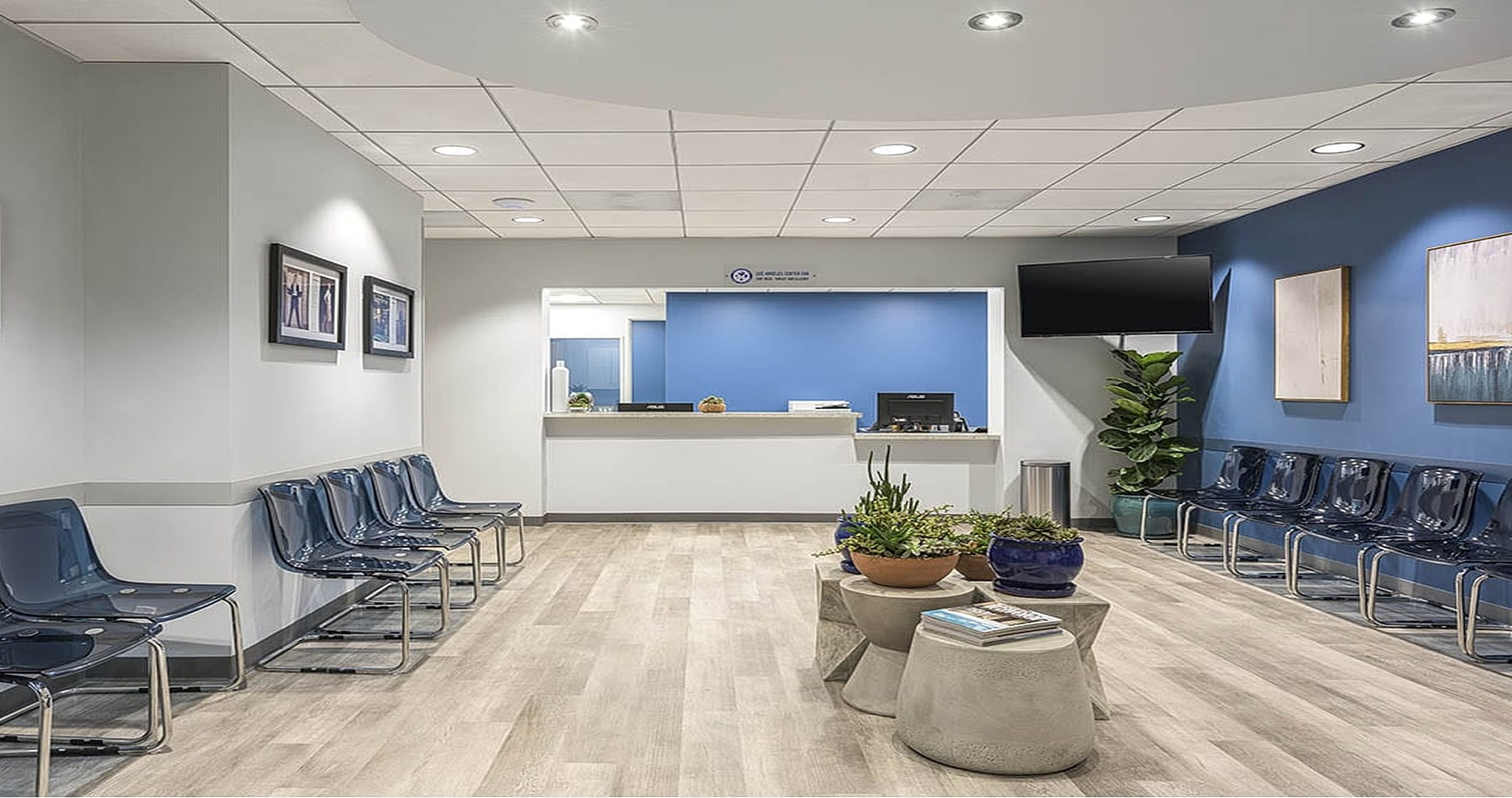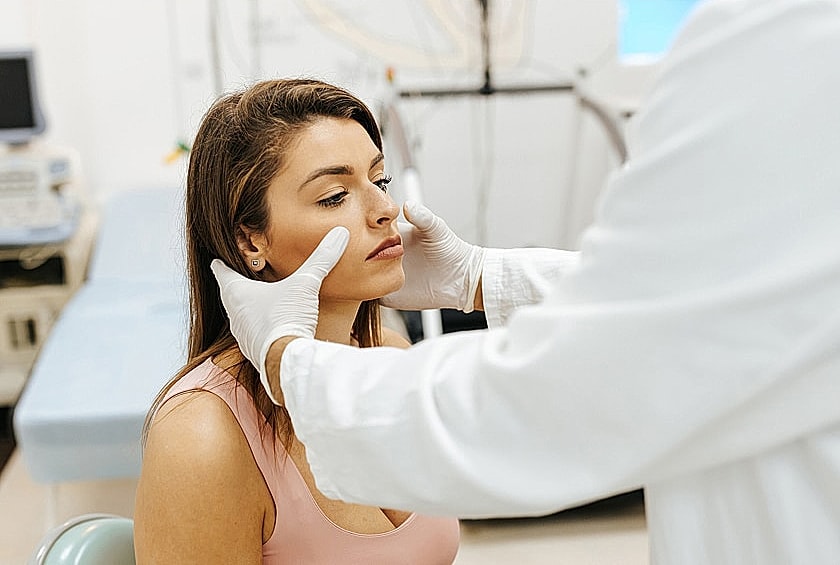Our board-certified surgeons excel in salivary and parotid gland surgery, prioritizing safety and effectiveness while safeguarding essential structures like the facial nerve. We provide both minimally invasive and traditional surgical options for tumor removal, infection management, and stone extraction, ensuring the best possible outcomes.

















When swelling, tumors, or chronic infections affect your salivary or parotid glands, surgical treatment may be the best path to lasting relief.
At SoCal ENT in Palm Springs, our ENT surgeons specialize in minimally invasive procedures for the salivary and parotid glands, which relieve symptoms while preserving nerve function and appearance. Whether you’re facing a benign mass, recurrent infection, or something more serious, we offer expert diagnostics, advanced surgical techniques, and complete post-op care — all under one roof.





Salivary and parotid gland surgery involves the removal of diseased or damaged salivary tissue — often due to infection, tumor growth, or chronic blockage. The parotid glands, located near the jaw and ears, and the submandibular glands, found beneath the jawline, are most commonly involved.
Our Palm Springs ENT surgeons carefully evaluate whether partial or full removal is needed. We often use nerve-monitoring technology during surgery to preserve the facial nerve, which runs through the parotid gland and controls muscle movement. The goal is always to remove the source of the problem with minimal downtime and maximum function.
Salivary and parotid gland surgery is often recommended for:
Benign tumors (such as pleomorphic adenomas and Warthin’s tumors) can grow over time and lead to noticeable swelling or discomfort.
Malignant tumors (including mucoepidermoid carcinoma and adenocarcinoma) are more aggressive and typically require prompt surgical removal.
Frequent infections or salivary stones may block the gland's ducts, causing discomfort and swelling.
A blocked salivary duct may cause ongoing swelling, facial pain, and gland infections.
Experiencing a persistent lump, pain, or trouble swallowing?
A visit to SoCal ENT can help find the right solution.
What It Is: A small incision is made beneath the jawline to remove the submandibular gland. This procedure is typically performed for chronic infections, tumors, or salivary duct stones and is considered low-risk with minimal visible scarring.
Benefits: Saliva production remains largely unaffected, as other glands compensate.
Best for: Benign or malignant tumors, repeated infections, or obstructive stones.
Recovery Time: Most patients recover within 1–2 weeks with minimal discomfort..
What It Is: A targeted procedure to remove salivary stones or obstructions blocking the flow of saliva. Techniques may include manual extraction, duct dilation, or sialendoscopy.
Best for: Patients experiencing recurrent gland swelling, pain during meals, or chronic dry mouth.
Recovery Time: Typically 1–3 days, depending on the approach used.
What It Is: Surgical removal of part or all of the parotid gland to address tumors, chronic infections, or gland dysfunction.
Best for: Parotid tumors (benign or malignant), recurrent infections, or significant gland enlargement.
Recovery Time: Generally 1–2 weeks, with most patients returning to normal activities shortly after.

You may be a good candidate for salivary or parotid gland surgery if:
Our ENT specialists will review your imaging, symptoms, and medical history to guide your next steps.

Recovery is usually mild to moderate, depending on the extent of the surgery. Most patients:
Your surgeon may schedule a follow-up appointment to remove any drainage tubes and assess your healing progress.

Most patients notice a rapid reduction in swelling or pain after surgery. If a mass or tumor is present, it is removed during the procedure. Cosmetic effects are minimal, and facial nerve function is preserved in the majority of cases.
In benign cases, results are typically permanent. For patients with malignancy, surgery is often followed by additional treatments such as radiation therapy based on the pathology report.
If you notice a lump, swelling, pain, or frequent infections in your salivary glands, surgery might be suggested.
Salivary gland surgery can significantly enhance well-being by removing tumors and reducing the risk of complications. Patients typically find relief from chronic pain, swelling, and difficulties with swallowing, thereby improving their comfort. This procedure restores normal saliva production and gland function, promoting proper digestion and oral health. Additionally, it prevents future infections by addressing blockages or infected tissue. Many individuals experience lasting benefits and an improved quality of life after surgery.
Most insurance plans include coverage for necessary salivary gland surgery. Our team can assist in verifying your specific benefits.
Most patients experience mild soreness, which is well managed with over-the-counter or prescribed medication. You’ll be under anesthesia during the procedure.
Incisions are placed in natural skin creases to minimize scarring. Over time, scars typically fade significantly.